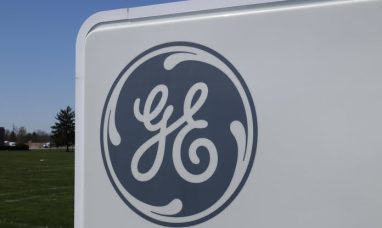Arrival’s (NASDAQ:ARVL) visceral struggle for existence has resulted in a 1 for 50 reverse stock split, the abandonment of plans to develop a micro-factory in the UK, and the commencement of a second merger with a blank check company. Arrival would be valued at $524 million pro-forma in the proposed merger with Kensington Capital Acquisition Corp. V, and the EV business would receive access to $283 million in funds held in Kensington’s trust account. While news of the transaction initially propelled the commons up by 50%, Arrival’s year-to-date returns are now negative 60%, with bears and shareholders both concerned about the company’s liquidity position.
Arrival had $130 million in cash and equivalents at the end of its fiscal 2023 first quarter. This was a decrease from the previous quarter’s total of $205 million. Critically, while the $75 million quarter-on-quarter drop in liquidity is less than the last third-quarter to fourth-quarter drop of about $126 million, Arrival’s cash burn remains an existential threat to its future and is far too large for a firm with its operating footprint. To put this into perspective, the pre-revenue company’s current market cap is $54 million.
As Arrival Attempts A Salvo, Liquidity Dries Up
To be clear, Arrival is trading hands for less than its operating cash burn for a reason. The company is still pre-revenue compared to the previous projection issued when it went public in 2021 that it would generate $5.1 billion in sales and $176 million in EBITDA less capital expenditure in 2023. Its ostensibly unique approach to EV manufacturing via a dispersed production network did not materialize, with only three vans constructed during the quarter as testing continues ahead of commercialization, which is expected to begin later this year.
Arrival lacks the financing required to mass produce its vans and bridge what will most likely be a few years of capital burn from the start of manufacturing. Vehicle manufacturing is an extremely cash-intensive business, and Arrival’s cash burn is already quite substantial. As a result, the company is a complete no-go from an investing standpoint. What is the investment angle here? Indeed, while demand for EVs is a long-term growth sector that will be encouraged by the 2022 Inflation Reduction Act and increased measures to address anthropogenic climate change, there are many better-capitalized enterprises vying for a piece of the pie.
The company’s naturally small, low-cost micro-factories were intended to set it apart from the crowd, with Arrival also claiming that its van will approach price parity with competing ICE vehicles while having a lower total cost of ownership. The market indication that the company is on the verge of bankruptcy was a drop from a $10 SPAC reference price to a few pennies before the reverse stock split. At its present rate of burn, Arrival should run out of cash by the end of its fiscal 2023 third quarter. Furthermore, the planned transaction with Kensington to obtain $283 million in cash from the trust is predicated on the premise that no large redemptions will occur.
Survival Appearances Unlikely
Arrival’s plant expansion in Charlotte, North Carolina is contingent on obtaining all of the assets stored in Kensington’s trust. As a result, a substantial number of redemptions would not only force the firm to abandon plans for its first North American micro factory but would also imply that Arrival would cease to be a going concern beyond its present cash runway. This gloomy outlook is based on the company’s inability to access other sources of funding. While doubtful, Arrival’s ability to secure any other big source of money if the Kensington sale falls through would be a significant refutation to this liquidity constraint claim.
The fact that the proposed merger would be completed at a 10x premium to Arrival’s present market cap will most certainly be a primary reason for current Kensington shareholders to redeem their shares. Arrival’s price decline from its $10 SPAC reference price to a few cents has been swift, and Kensington’s investors might simply avoid being exposed to a similar market fluctuation by redeeming their stake. The stock is appropriately priced for bankruptcy, as sales of the company’s EV van are unlikely to begin anytime soon.
Arrival is not an investment here, and current shareholders would be better served by terminating their position ahead of a possible Chapter 11 filing later this year. The company made sense in an era of cheap interest rates, with its former price north of $12 billion a direct result of the pandemic’s unbridled optimism. Arrival’s future is uncertain, and the Kensignton agreement is most certainly the final shot. I don’t have a position here, but I would consider buying some options next month if shorting shares becomes too hazardous.
Featured Image: Freepik @ senivpetro









